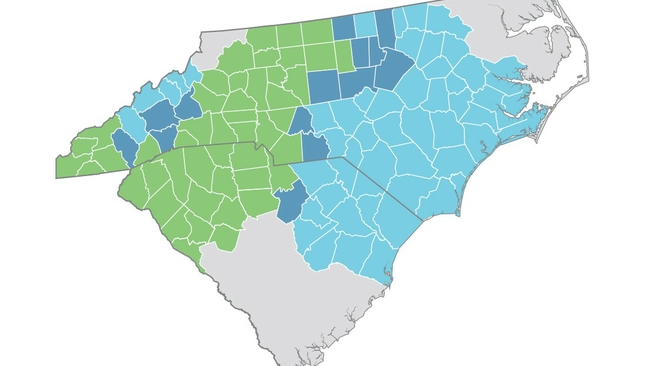

Duke Energy Corp. has just filed with state and federal regulators to seek approval for the largest utility consolidation in the nation. The company claims that the move would deliver $1 billion in savings, but the proposal also raises questions about rates, competition, and oversight.
Duke Energy Carolinas and Duke Energy Progress currently operate separately but serve nearly 5 million customers across North and South Carolina. Duke argues that combining the two utilities would allow for more efficient planning and eliminate duplicative investments. By sharing infrastructure and operating costs across a larger base, the company says customers would see moderated rate increases and a more reliable grid.
The company also claims the merger would improve efficiency. A combined system could run fewer and more cost-effective generating units, burn less fuel, and reduce wear on power plants. Those changes, Duke says, would help keep electricity affordable during a period of rapid growth.
“Combining our two utilities reduces customer costs, simplifies operations, supports economic growth and promotes regulatory efficiencies, all of which will create value for customers in both states,” said CEO of Duke Energy Carolinas Kodwo Ghartey-Tagoe in a press release. “There will be no immediate changes to retail customer rates or services. We look forward to sharing more details with our customers on how rates will evolve over time if the combination is approved by regulators.”
Despite the claimed $1 billion in savings, consumer advocates may question whether the promised efficiencies will fully translate into lower bills. Rate impacts often depend on how regulators approve cost-sharing plans. Others worry that consolidation would give Duke greater control of the regional power market, potentially limiting alternatives for customers and increasing leverage in rate negotiations.
Oversight will play a crucial role. Regulators in both Carolinas and at the federal level will need to weigh the public interest, particularly for low-income and rural communities already facing high energy burdens. If regulators grant approval, the merger would take effect on January 1, 2027. Until then, customers may face uncertainty about how consolidation will ultimately affect their bills, grid reliability, and service options.
Duke Energy is positioning the merger as a step toward modernization and efficiency, but the final outcome will depend on regulatory review and whether the projected benefits are realized without shifting costs onto customers.


